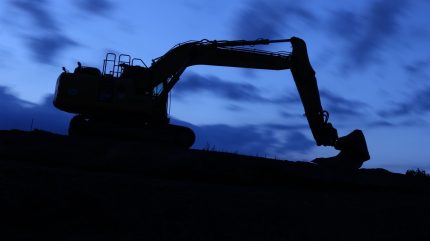
Midnight Sun Mining has commenced an exploration programme at the Kazhiba Target within the Solwezi Property in Zambia.
This initiative is part of a Cooperative Exploration Plan with First Quantum Minerals aimed at identifying oxide copper resources near the surface.
The programme includes 3,000m of reverse circulation drilling, partial ionic leach sampling and an induced polarisation (IP) survey.
The Kazhiba Target is an advanced exploration site with two soil-defined areas, Kazhiba North and Kazhiba South, from which 2,145 soil samples have been gathered.
Previous drilling campaigns have revealed significant near-surface copper oxide intercepts, suggesting the potential for an extension of the mineralised zone.
The 2024 exploration programme at Kazhiba target aims to delineate a target suitable for processing in the Kansanshi SX/EW oxide copper circuit.
Midnight Sun president and CEO Al Fabbro said: “This target features a high-grade oxide copper blanket, which provides us with a remarkable opportunity to provide feed to the Kansanshi Mine operations.
“With targets at Kazhiba and Mitu, we have identified and seized an opportunity to unlock near-term production, and with success, realise significant near-term, sustained cash flow.
“Our Cooperative Exploration Plan with First Quantum forms a key part of our twofold attack plan to realise the value of both sedimentary-hosted copper targets as well as oxide copper targets across our property.”
The IP survey will cover a previously untested anomaly, with seven lines spaced 200m apart, to identify any stratigraphic-bound copper sulphide mineralisation.
Last month, Bloomberg News reported that Zambia is looking to form a state-owned investment company that will have a minimum share of 30% in the production of critical minerals from future mining projects.
The government also seeks to pass a law requiring critical minerals investors to spend at least 35% of their procurement budgets on local suppliers.



